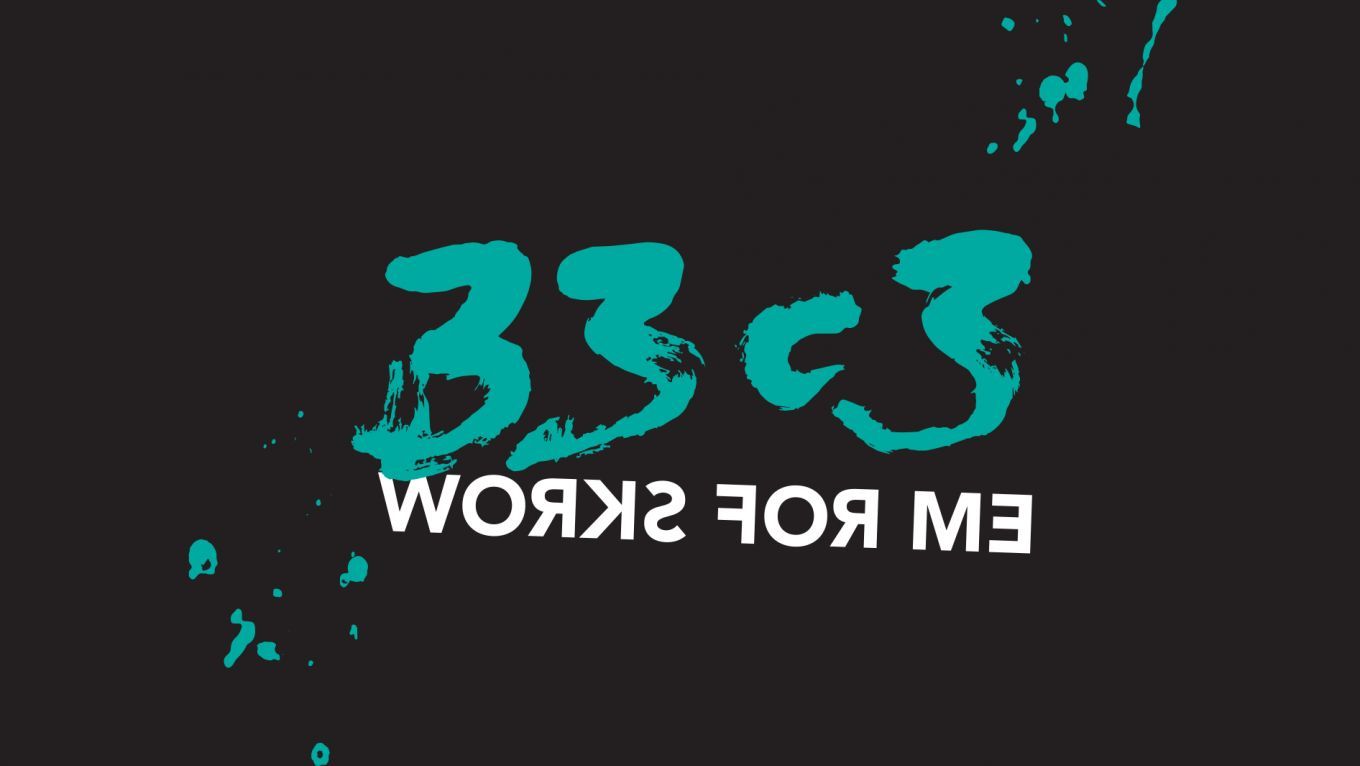Science
PUFs, protection, privacy, PRNGs
an overview of physically unclonable functions
A physically unclonable function, or PUF, is some physical structure with properties that are easy to verify, hard to predict, and practically impossible to clone. Ideally, this means it's a device-unique unchanging identifier, which can be used for improving security. However, it can be at odds with privacy and anonymity. This talk will give you an overview of the thirty years of history behind PUFs, and will include the most recent advances in research. The functions, structure, and design will be discussed, as well as devices and materials that have properties to base PUFs on.
What do CPU registers, sticks of RAM, shared memory in GPUs, and paper have in common? They all have unique properties that are impossible[1] to reproduce, even when using the same manufacturing process. These properties can be turned into physically unclonable functions, or PUFs for short, yielding an object-bound unique identifier. This makes you trackable, but since you're being tracked anyway, you might as well put some of this to good use.
The idea of PUFs is not new, and can be traced back several decades to anti-counterfeiting measures in currency. Since then, several formalizations have been proposed, new types of PUFs have been invented, implemented, attacked, and scrutinized. PUFs can be used to identify and authenticate devices. They can be used to secure your boot process. Some PUF constructions can be used to enhance your random number generation. You might be using devices right now that have properties that can be turned into PUFs, provided you have the tools and want to do some programming.
This talk will take you on a brief tour of the history of PUFs. Along the way, it will show you how a PUF is constructed, what its properties should be, what it can be used for, what materials and devices are known to be suitable for building one, and how you might go about searching for them in your own devices.
[1] For certain definitions of impossible.
Additional information
| Type | lecture |
|---|---|
| Language | English |
More sessions
| 12/27/16 |
What are the politics and aesthetics of mapping? An introduction how cartography shapes cities and landscapes, creates borders and determines the perception of our environment. How an evolving mix of high-resolution satellite imagery, algorithm-based mappings and the huge amount of data of digitized cities will enhance these effects? And in contrast, how can maps be designed, that question the “objectivity” and “correctness” of conventional cartography?
|
| 12/27/16 |
Artificial intelligence and machine learning are in a period of astounding growth. However, there are concerns that these technologies may be used, either with or without intention, to perpetuate the prejudice and unfairness that unfortunately characterizes many human institutions. We show for the first time that human-like semantic biases result from the application of standard machine learning to ordinary language—the same sort of language humans are exposed to every day. We replicate a ...
|
| 12/27/16 |
Legend has it that most airline pilots will at one time have uttered the sentence "What's it Doing now?", whenever the autopilot or one of its related systems did something unexpected. I will be exploring some high-profile accidents in which wrong expectations of automation behaviour contributed to the outcome.
|
| 12/28/16 |
Jeder weiß ungefähr was ein Mikroskop ist und vielleicht hat man auch mal davon gehört das da immernoch dran geforscht wird – Stichwort Hochauflösungsmikroskopie (Nobelpreis 2014 in Chemie). Es gibt deutlich mehr Mikroskope in der professionellen Forschung als es Teleskope gibt, deutlich mehr – und da könnte man sich jetzt fragen: "Warum sehe ich so viele Bilder von Sterne, aber kaum Mikroskopiebilder von öffentlichen Einrichtungen und Stellen?". Um diese Frage zu beantworten will ich ...
|
| 12/28/16 |
Physicists are not computer scientists. But at CERN and worldwide, they need to analyze petabytes of data, efficiently. Since more than 20 years now, ROOT helps them with interactive development of analysis algorithms (in the context of the experiments' multi-gigabyte software libraries), serialization of virtually any C++ object, fast statistical and general math tools, and high quality graphics for publications. I.e. ROOT helps physicists transform data into knowledge. The presentation will ...
|
| 12/28/16 |
The Anthropocene is widely understood to mean the current <em>"period of Earth's history during which humans have a decisive influence on the state, dynamics and future"</em> of this planet. For several years, scientists in the <a href="http://quaternary.stratigraphy.org/workinggroups/anthropocene/" title="Website of the Working Group on the 'Anthropocene' (AWG)">Working Group on the 'Anthropocene' (AWG)</a> have <a ...
|
| 12/28/16 |
Applied IT security is largely a science-free field. The IT-Security industry is selling a range of products with often very questionable and sometimes outright ridiculous claims. Yet it's widely accepted practice among users and companies that protection with security appliances, antivirus products and firewalls is a necessity. There are no rigorous scientific studies that try to evaluate the effectiveness of most security products or strategies. Evidence-based IT security could provide a way ...
|

